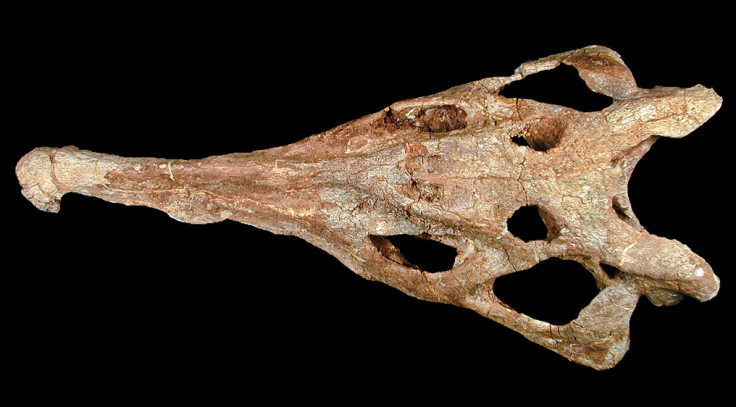New Species of 200 Million-Year-Old Swamp Monster Discovered in Texas

A new species of an ancient phytosaur has been unearthed following an examination of the remains of one the ancient creatures found in Texas.
Scientists from the Museum of Texas Tech University discovered the creature, which had died and sank to the bottom of a lake approximately 205 million years ago.
The bones of various male and female phytosaurs were found but their bodies had already disintegrated. On closer examination of their remaining skulls, however, the team announced they had uncovered a new species of the ancient animal.
They compared an opening on the skull, called the supratemporal fenestra, to other phytosaurs and determined they had uncovered a separate species.
Phytosaurs are a group of extinct semi-aquatic reptiles, which belonged to the family Phytosauridae. They were similar to crocodiles in size, with long snouts designed to catch and eat fish, rather than larger prey.
The team named the creature Machaeroprosopus lottorum, after the Lott family who own the ranch on which it was found. Based on the skull size of the female, at around 3 feet, the estimated length of the animal is around 16 or 17 feet. According to the team, the sex of the animal is apparent in males, as they contain a bony crest from the eyes to the tip of an animal's beak.
Phytosaurs lived throughout the Triassic period, between 230 and 203 million years ago. At that time, Texas was covered in tropical, swampy rainforest as part of the historic supercontinent of Pangaea. Phytosaurs thrived in the climate, but were wiped out in a mass extinction.
Doug Cunningham, a field research assistant at the museum, recalls first finding the unusual female skull. As reported in Science Daily, he said: "It was really well preserved with the teeth and everything. Finding one with teeth is pretty rare. It was so odd, but when they come out of the ground, you have a long way to go to actually see what you have because they're still covered in matrix."
Bill Mueller, the curator of Paleontology at the Museum of Texas Tech University, said: "We found them in an area we'd been excavating in. I think we've gotten four skulls out of that area already. Doug Cunningham found this specimen, and then we dug it up. When he found it, just the very back end of the skull was sticking out of the ground. The rest was buried. We excavated it and brought it into the museum to finish preparation."
Their findings were published in the journal Earth and Environmental Science Transactions of the Royal Society of Edinburgh.
© Copyright IBTimes 2025. All rights reserved.






















